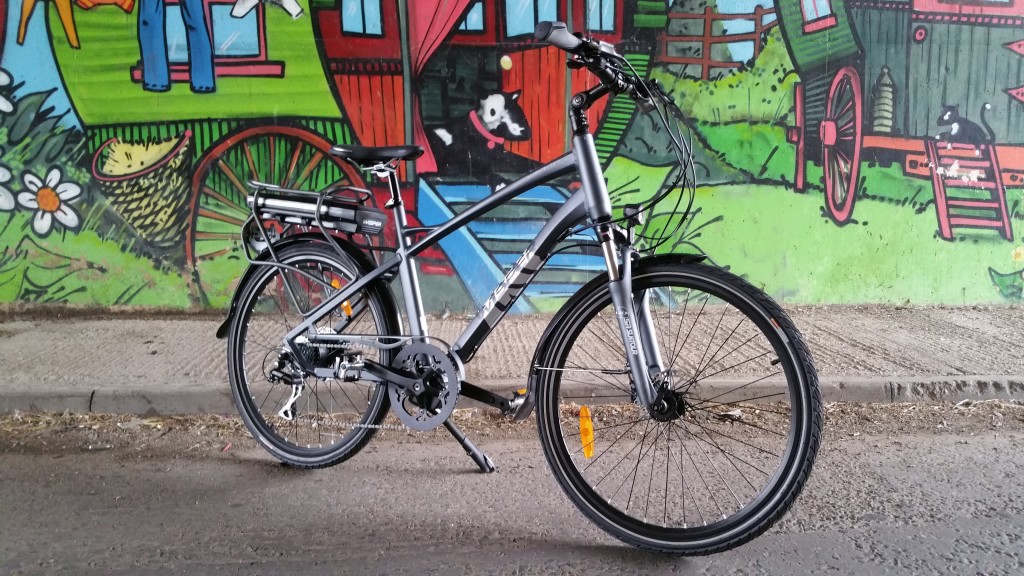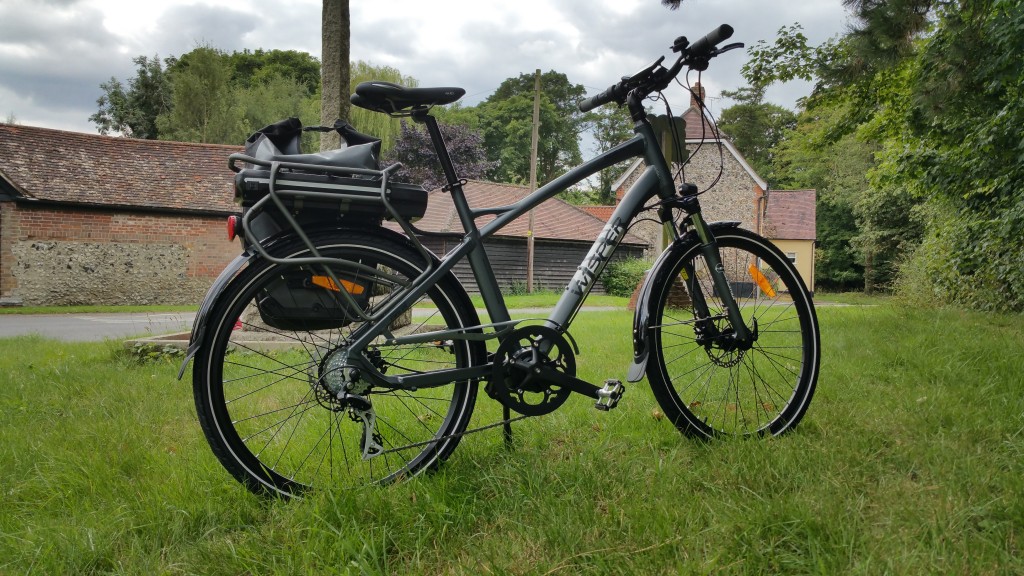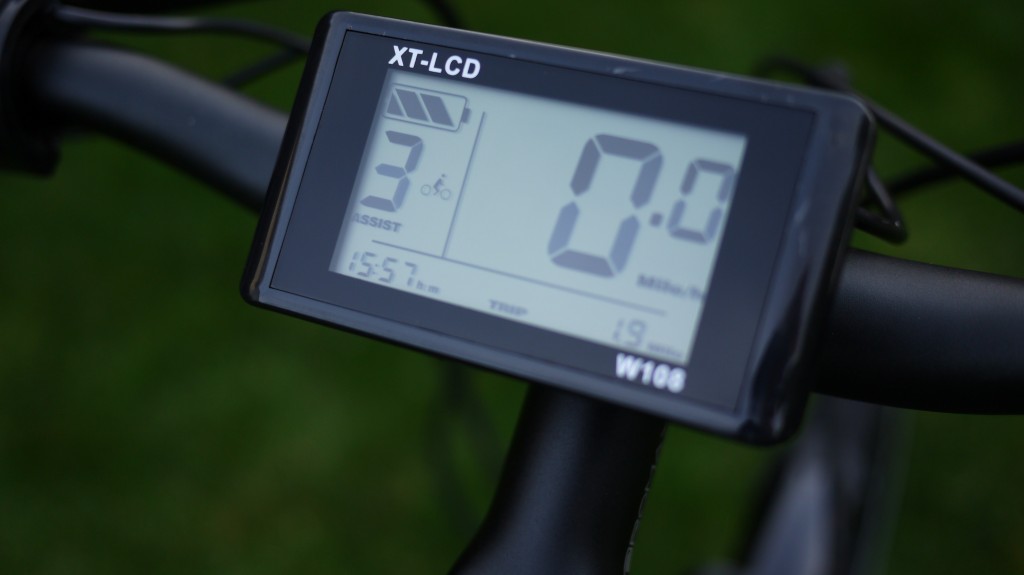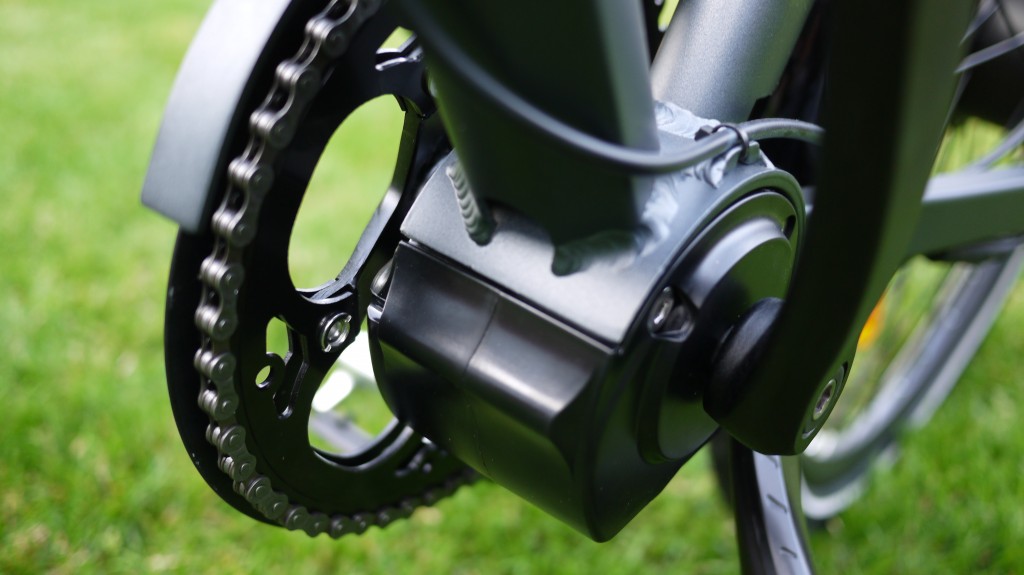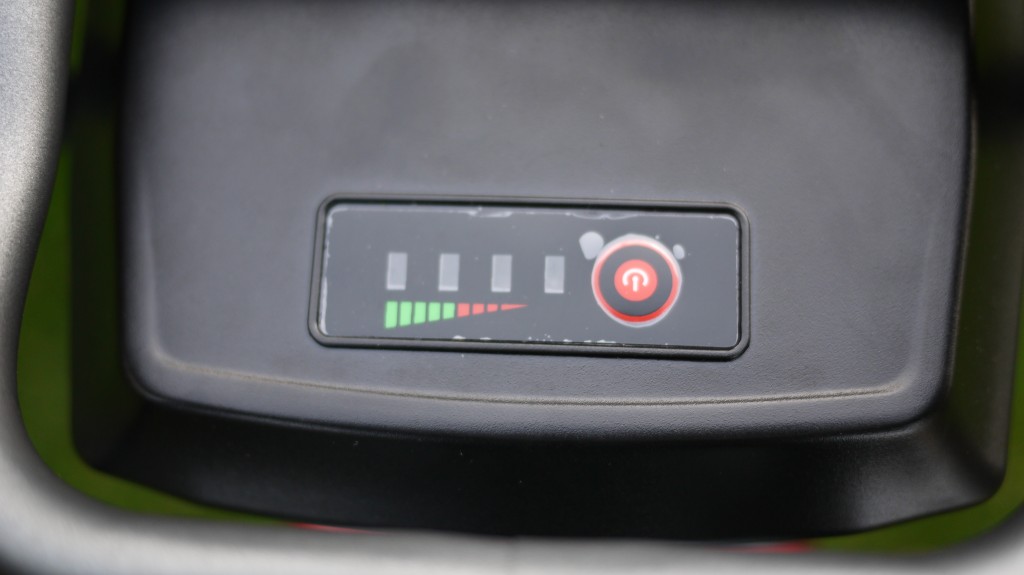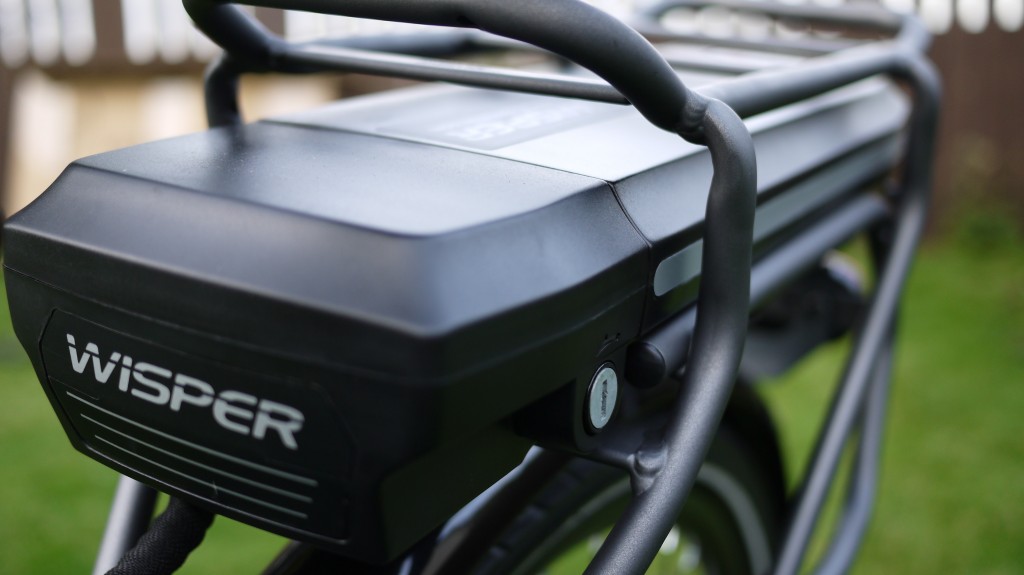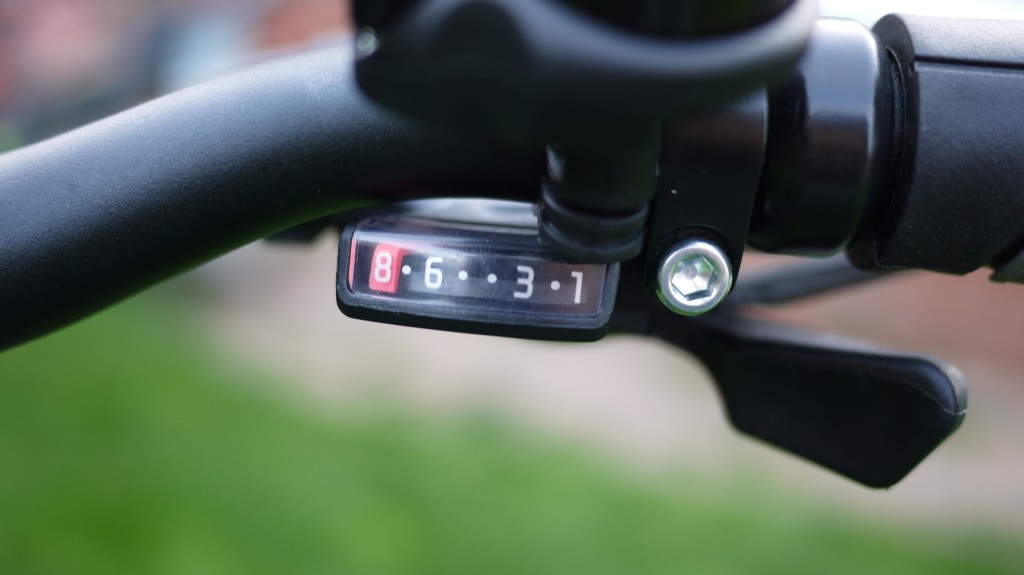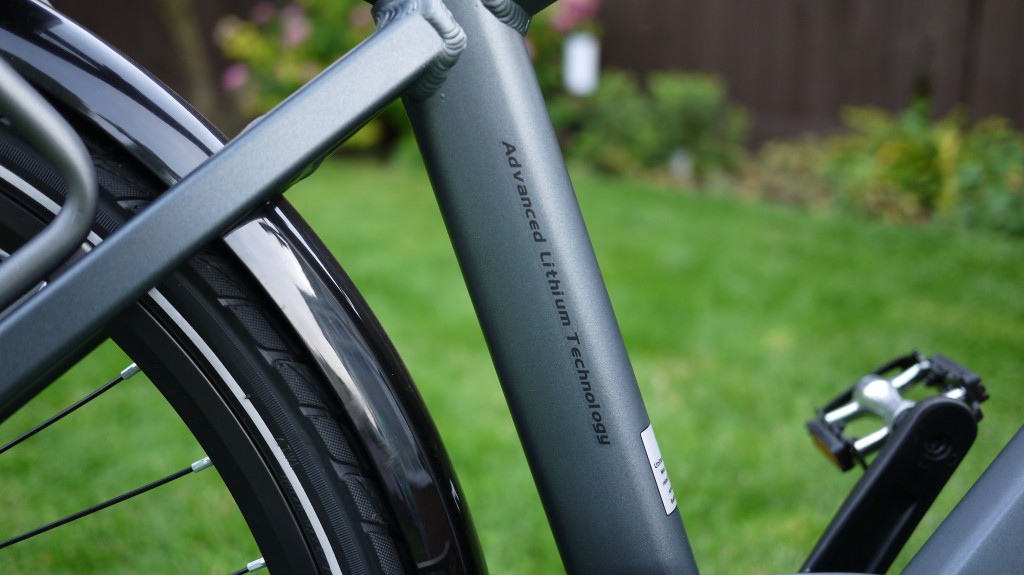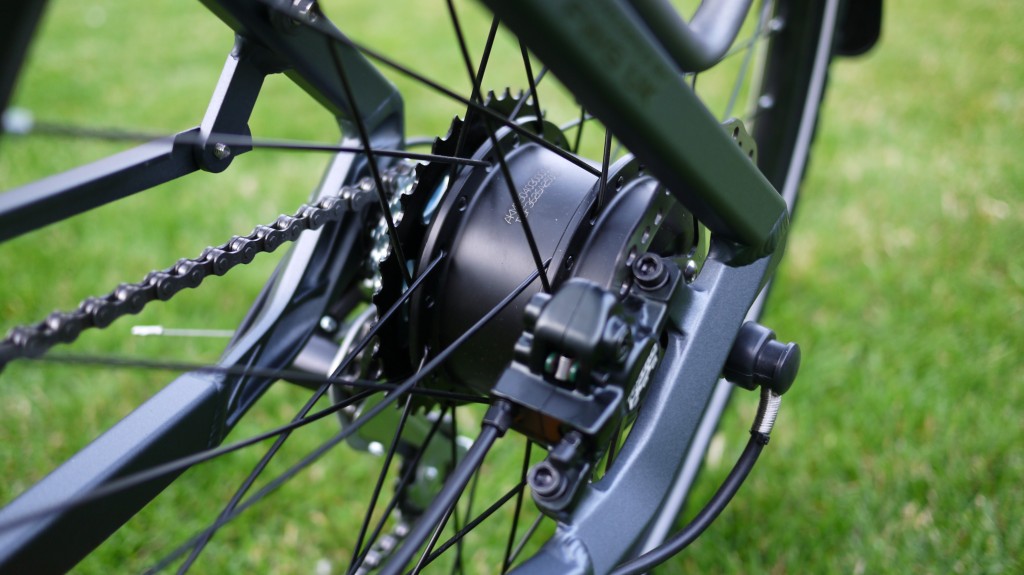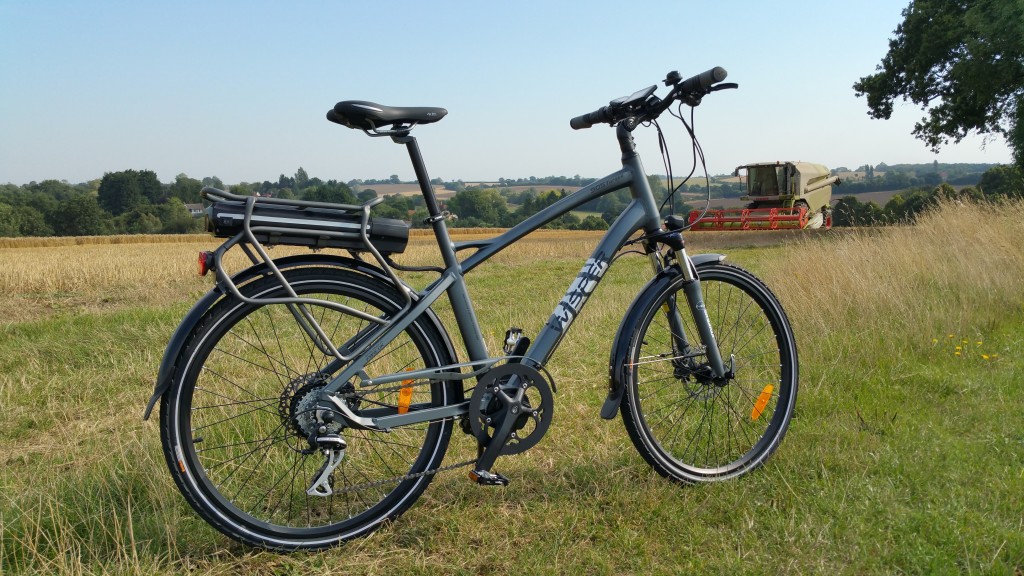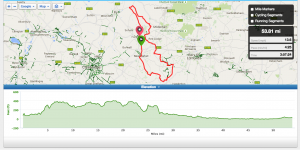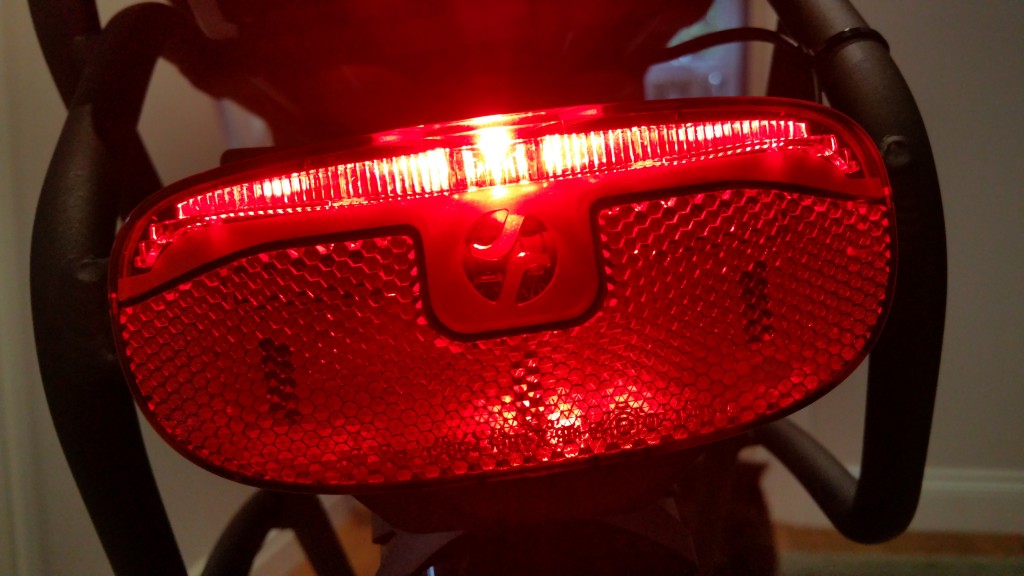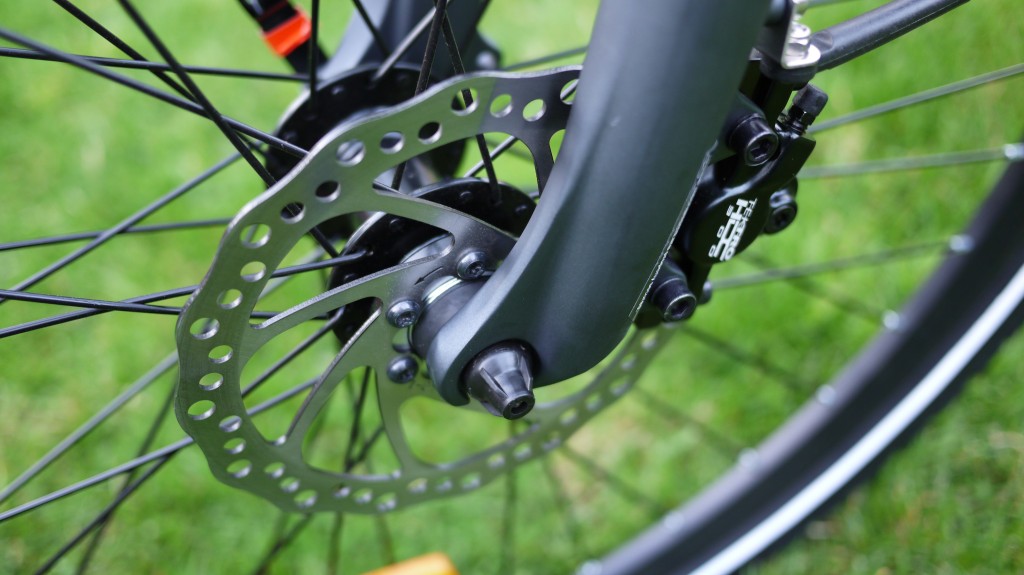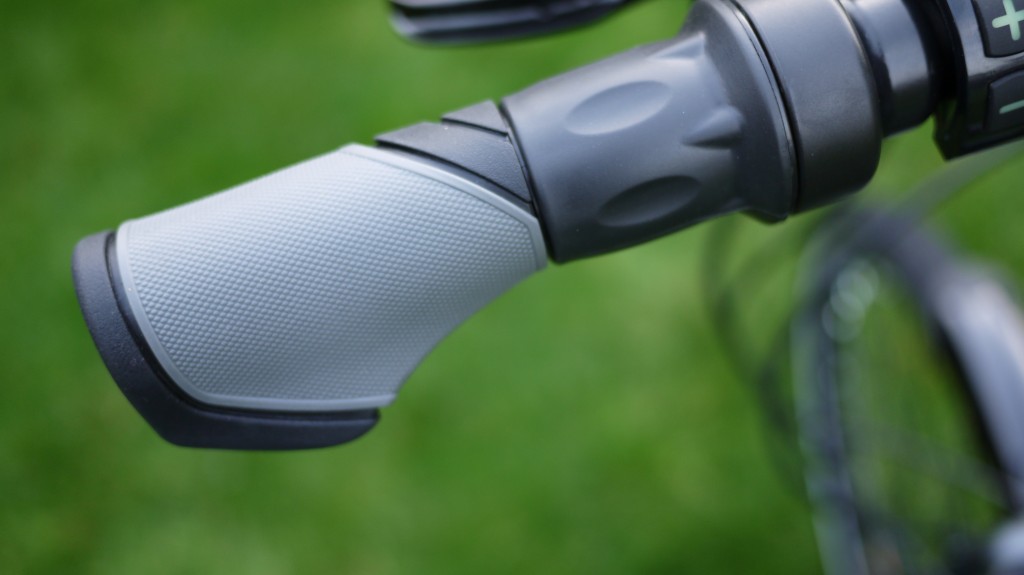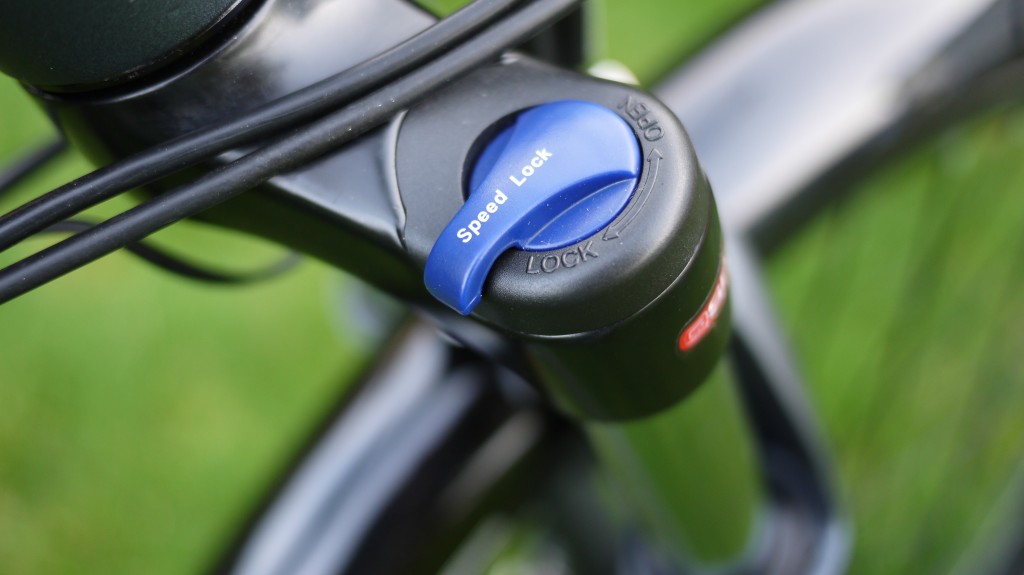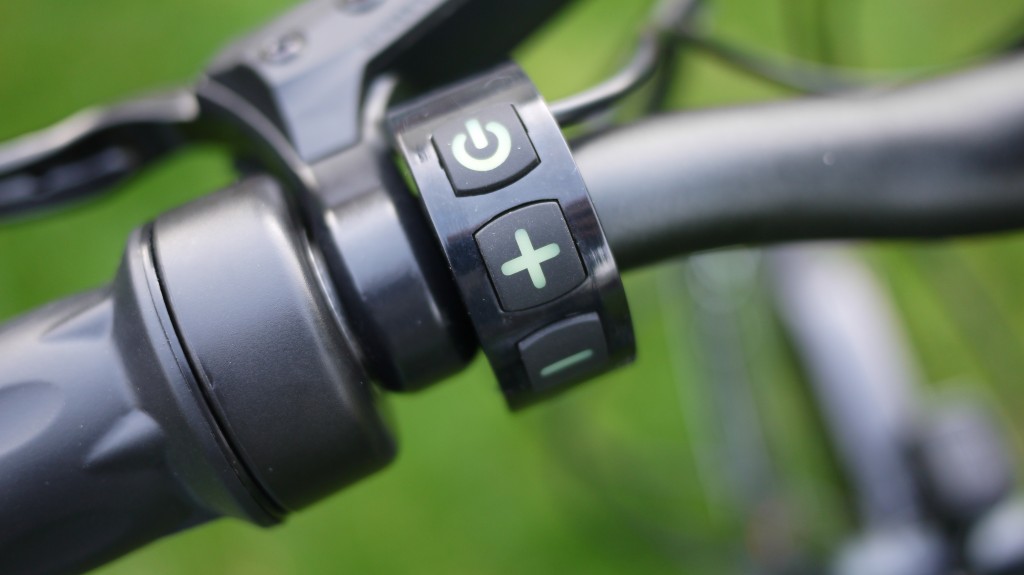Wisper’s 905 range is now 10 years old and the latest iteration is touted as having one of the quietest motors on the market. Is the new 905 Torque really whisper quiet? We find out.
A little bit about Wisper
It was in late 2004, during a business trip to China, that David and Doug discovered electric bikes. Teaming up with a local manufacturer, they placed their first order and six months later the first shipment of Wisper 905s arrived in time for the much loved – but sadly now defunct -Tour de Presteigne event. Fast forward ten years and with almost 20,000 Wisper bikes sold, 2015 sees a revamp to the Wisper line up in both technology and styling.
Wisper joined forces with FreeGo in late 2013 to form FreeGo Wisper Group (FWG), but recently David Miall has taken the Wisper brand back under his own wing again, this time on his own. The Wisper brand now retails through his newly formed company AMPS, which also distributes premium German brands, Riese & Muller and blueLABEL, in the UK.
The bike
I had my first ride of a Wisper 905 at the New Forest Electric Bike Rally in the summer of 2007, a prototype Wisper Works 905SE. That model was manufactured in China, but much has changed since then. The original bike had the battery behind the seat post, used budget components and was fairly heavy. The years since have seen tweaks, improvements and refinement, and after a flirt with assembly in Germany, the bikes are back to being made in China, but with increased input from Wisper on the design and manufacture front. 2015’s new bike is being heralded as a major step forward, with a lighter, stronger frame and a new, smaller and more powerful motor from AKM, utilising a sine wave controller to make this bike very quiet indeed.
The 905 Torque comes with a cross-bar so if you prefer a bike with a step-through, then Wisper also manufacture the 705. The 705 is otherwise identical to the 905. However, there is also a 929 mountain bike version if you prefer something more sporty.
Wisper 905 Torque Specification
- Frame: Hand welded, 6061 Alloy T4 and T6 tempered
- Colour: Graphite Grey
- Sizes: 18″ (46.5cm) and 20″ (50cm)
- Motor power (W): 250
- Motor position: Rear hub
- Motor Description: AKM 250W brushless hub motor
- Battery: 36V 375Wh/575Wh Lithium with Samsung cells
- Throttle / Pedal Assist: Pedal assist with torque sensor / throttle / walk along mode
- Suspension: Suntour NCX/SR adjustable with lockout
- Brakes: Tektro Hydraulic vented 160mm disc brakes front and rear
- Gears: Shimano Acera 8 speed derailleur
- Saddle: Selle Royal Italy
- Wheel Size: 26”
- Tyres: Tyres Kenda 1088 26” 1.75 high puncture resistance with Kevlar and wall reflector
- Controls: Backlit LCD (not removable) and remote on/off/power level switch
- Lights: Spanninga Kendo 36V 15W LED super bright (Front), LED rear both powered from battery
- Max Speed: 15.5mph
- Weight: 20.5 kg bike. Battery: 2.6 – 3.4kg
The 905 Torque is priced at £1499/£1699 depending upon the battery capacity (375/575Wh) and is available direct from AMPS or through their dealer network.
In terms of warranty there is 6 years on the frame and 2 years on the motor, battery, controller, charger and electrical. The lights will be under warranty for 1 year. Support is provided by your local AMPS dealer. The warranty is transferrable if the bike is sold on through a dealer.
What’s in the box
OK, so when your big, brown box turns up this is what you’ll find :
- the bike
- battery
- a set of 2 keys
- manual
- pedals
As with all bikes that arrive in a box, a little self-assembly is required. The handlebars need to be straightened and tightened. The pedals need attaching. Everything else is ready to go.
Pressing the small button on the battery said full, but I decided to give it a charge anyway ready for the first ride out.
First impressions: out on the road
First off, I think the 905 is a rather handsome looking bike. Some might consider grey a boring colour, but I think it adds style along with the silver and black Wisper logo which contrasts nicely with the matt grey perfectly. I much prefer the style of the new frame to the older 905; an interesting mix of rounded and angled sections as well as more attention to detail, such as routing cables through the frame.
The bike’s seat easily adjusts for my height (using the quick release). The handlebars are also easy to adjust for your preferred riding position. The weight limit for this bike is 135kg/290lb/20st 9lbs.
The handlebars have nice, chunky grips for added comfort while riding. Next to the left grip, there is a sturdy on/off button and a +/- buttons. All buttons have secondary functions which I’ll come onto later. To turn on the bike, hold down the power button for 2-3 seconds and the display will flick into life. Make sure the I/O button on the battery is set to on, or you’ll think there is something wrong, which caught me out the first time!
The left grip also incorporates a throttle which can be used for a walk-along mode as well as overriding the torque sensor when moving. While the outgoing model did have a throttle only mode, for the new model you will still need to pedal.
As with any normal bike, you just pedal off and the sensor will recognise this. AMPS tell me : “..this is the time the rider needs most power and it delivers max power of about 600W to get the bike moving. As soon as the bike is away and the pressure comes off the pedals the power will gradually reduce to the nominal 250W. On the flat when the pedal pressure is reduced again, the assistance will ease back and when riding down hill the assistance will cut off all together, hence the extended range. If the rider prefers to have the assistance offered by a simple cadence sensor bike on the flat, or indeed down hill, the rider simply has to twist the throttle and the torque sensor is turned off. In this mode however the range decreases to that of a simple cadence sensor bike“.
While riding you can cycle through the information on the LCD display (trip, odometer etc.) by pressing the power button. I cover the range later on in this article, but the display does show the battery level, which consists of 4 segments to represent roughly 25%, 50%, 75% and 100%. The display is bright, informative and can be backlit at night.
The 905 comes with 26″ wheels and Kenda puncture-resistant tyres. They are OK for the job, but I personally would have preferred Schwalbe tyres, which were fitted on the old models.
The battery has moved from behind the seat post to within the rear rack. Rather than lumped on top as an afterthought, the design has been well thought out. There is a plastic tray on which the battery slides in and out, which felt sturdy enough and is protected underneath from the rear mudguard. The battery can be locked in place using one of the two supplied keys. Wisper seem quite pleased to be using Samsung cells in their batteries with a ‘Powered by Samung’ logo proudly shown on top.
The battery has also been well designed, a far cry from the generic batteries seen on cheaper bikes. It is definitely up there with the premium brands and the quality of the plastics are good. There are long reflective strips down either side as well as a red reflector at the back. There is even a USB port so you can charge things like a mobile phone! Sadly though, it’s only accessible once the battery has been removed so it’s not something you can make use of while riding the bike.
There two options for battery capacity, 375wh (10.4Ah) and 575wh (15.9Ah), either of which can be fitted to this bike. At the back of the battery is a charge level indicator, which is activated by pressing the ‘power’ button to the right of the row of LEDs. There are 4 lights to indicate the level remaining and the lights all flash once the battery has been depleted. It’s never a good idea to leave a battery empty so if you do reach empty, you should charge the battery again as soon as you get home.
The 575wh version also has a ‘deep-sleep’ mode to help protect the battery when not in use for extended periods. This can be done by pressing the LED button on the battery for 10 seconds. If the battery voltage is below 29V, a deep sleep mode will be activated automatically after 24 hours of non-use. The higher-capacity battery also captures more information such as the charging history, remaining overall capacity and has a “Remote Control Service System (RCSS)” which enables AMPS dealers to check the condition of both battery and charger.
Once home you can charge your battery using the supplied AC charger and on the back of the battery is a little rubber cap which reveals a phono style connector. Just hook it up to the charger and turn on at the wall. The charger is silent in operation and turns off when the battery has been fully charged. Wisper quote 2-5 hours to fully charge, which is in line with my experience during the test period.
The bottom bracket contains the controller and torque sensor. Again, taking a cue from the Bosch and Yamaha etc. crank models, the bottom of the frame smartly and neatly surrounds the bracket, rather than being an afterthought.
The 905 comes with Shimano Acera 8 speed gears. While these are at the budget end of the range, I found them more than adequate for their use. This isn’t a bike you’ll be chucking about off-road, it’s a urban bike designed for commuting, trips to the shops and general leisure and for that purpose they are fine. While out riding the bike, I found gear changing smooth and precise with no problems quickly shifting down a number of gears, for example.
The main cables are hidden in a separate tube welded to the main seat post. It gives a nice chunky look and there is a push/pull connector on the rear stay enabling you to remove the wheel completely should you need to. There’s just enough play in the cable though should you need to just pop the wheel out to fix a puncture.
For commuters and winter nights, the 905 comes fitted with LED lights as standard. The front features a Spanninga Kendo XE light with a red LED on the rear. Pushing out 15 lumens, the Kendo is bright enough for urban riding. Thankfully, both are powered from the bike’s main battery and, as I found later on, still continue to work after the battery stops providing power to the motor.
Also for those commuting, or needing to carry items such as the shopping, the 905 is fitted with a rear rack onto which you can clip on one or two panniers. I have some Ortlieb panniers that I use for commuting and these fit fine and sit comfortably with a little adjustment. The rack is nicely styled, with the bolts concealed on the inside of the frame to give the appearance that it is moulded onto the frame.
Whisper quiet?
The new motor is certainly very quiet. Pulling away was the only time I heard the motor, with a distinct whirring sound. As you reach 8-9 mph, it diminishes to a point where you can’t hear it anymore.
Once you are moving, pedaling makes more noise than the motor! If it wasn’t for the rack-mounted battery you’d never know it was an electric bike. The 905 is fun to ride with a very comfortable riding position. With the majority of the bike’s weight at the rear, there were no rattles or squeaks – even when riding over large potholes.
Range test
With a fully charged battery, I headed off to see how far I could get on a single charge. Unfortunately, in my neck of the woods there are few decent hills, but once you are south of Newmarket some ‘bumps’ start to appear providing a few longer climbs and descents.
For this range test, I used the highest setting (H). The first half of the ride involved the most changes in elevation. Through Newmarket town centre, stopping and starting at the many traffic lights in the High Street, if I was in a low gear there was a smooth burst of power to get me going again, which is very handy at traffic lights and junctions. Conversely, the initial assistance can be a bit jerky if I had to stop suddenly and found myself setting back off in a high gear however. You can use the throttle to switch between torque and cadence sensor however – more on that in the hill climbing test section.
With such a quiet motor, I wondered if this was at the sacrifice of performance, but according to my Garmin GPS device, the 905 actually provides assistance up to around 16.7mph which is within the 10% +/- tolerance allowed by UK law.
Heading out into the pretty Suffolk villages south of Newmarket, I kept track of the mileage when each bar disappears on the display to get an idea of range :
- First bar out at 5 miles
- 2nd at 10 miles
- 3rd at 20 miles
- all out and indicator flashing at 40 miles
At this point, I was still some way from home and was prepared to ride back unassisted. However, the motor carried on providing assistance for another 15 miles before finally giving up the ghost. Thankfully, the LED front/rear lights continued to work after power stopped, which was a relief as it was now evening and I was riding in the dark at this point.
The 905 doesn’t have a range remaining on the display so you have the battery level indicator instead to deduce the remaining range. The level does change during your ride, depending on the power setting and the riding conditions. During the first half of the ride – where the bike tackled the most changes in elevation – there were a couple of occasions when the battery level dropped down to one bar before going back up again.
The battery capacity indicator relies on sensing battery voltage which rises and falls depending on the amount of power being demanded at any given time and, under heavy power situations (full throttle or high levels of assist), the battery voltage will temporarily dip resulting in the capacity meter showing a lower level of charge. When the heavy power is reduced, the capacity meter will rise again as the battery naturally recovers its voltage.
As there are a number of variables that will affect range, you’ll want to record your own results for the first few runs in order to make a mental note of roughly how much range you have left for each bar on the battery level.
At the end of the ride, I had managed to cover 54 miles assisted on the High setting with an overall average speed of 13.6 mph. It was quite windy on the day so this will have affected the range.
Hill climbing test
I took the 905 back to my usual haunt – Hartest Hill. At just over a 1/4 mile climb, it has around a 17% gradient at the steepest point. To gauge the performance of the 905, I did a number of climbs up and down the hill. Because the 905 has a throttle, I was able to test it in both modes.
* fastest climb in pedelec mode
* slowest climb in pedelec mode
* fastest climb with throttle
For the first test, I set off at the bottom of the hill and reached a top speed of 14.5mph. At the steepest point my speed dropped down to 8mph before being able to pick up the pace slightly – ending the run at an average speed of 10mph. This isn’t the fastest I’ve achieved so far, that award going to the Panasonic KTM, but still respectable nonetheless.
The second test, going up as slowly as possible, was a bit more difficult as the torque sensor would cut the power off if I tried to go too slowly. Lowest speed was around 5mph and average overall was 6.3 mph.
With the final test of using the throttle, this enabled maximum assistance all the time. With the bike using a cadence sensor it was possible to ride the bike half way up the hill on throttle alone, only spinning the pedals to trigger the sensor and not putting in any of my own effort. It was only at the steepest point (17%) where it was no longer possible to climb on throttle alone, so I had to assist at this point.
Coming back down the hill between runs, it was easy to hit 45+ mph without any effort. With a sweeping bend and a blind spot thrown in for good measure, I was reassured that the 905 felt stable and composed at these speeds and the Tektro HDC 300 brakes, while not having much bite with light pressure, did rein the speed in progressively as you pulled harder on the brake lever.
During my test runs, I met a few riders out on a club ride who also use the hill as part of their training runs. They were all quite interested in the bike and could see the benefits. One of the riders mentioned he was having problems with his knees and agreed an electric bike would be an option worth exploring in the future.
On some hills the torque sensor would get a little confused and refused to kick-in unless I dropped it down a couple of gears and pushed harder on the pedals. The bike has been designed to provide the most power starting off, gradually reducing the power and cutting off altogether when riding downhill. But you can always use the throttle to get you out of a ‘spot’ which turns the bike from torque sensor to simple cadence sensor.
Summary
The original 905 was £899 when it was first launched and the outgoing model was around £1799. So £1499 for the 375Wh model is competitively priced. Overall, the bike has progressed to more of a designed, cohesive look and feel (rather than a bike put together from off-the-shelf components). The result on the road is a very smooth, quiet ride. Looks-wise I like the dark, matt hues and attention to detail, like the battery case design. It will appeal to those who like understated, classic looks.
With the 575wh battery on board, I achieved a good range using the highest level of assistance and the bike gave a decent performance on the hills. The quietness of the motor was something that particularly impressed me.
While there is a lot of competition around this price point, it’s definitely worth adding to the test ride shortlist to see how you get along with the bike. For me, the one feature that took a little getting used to on hills was the torque sensor, but the throttle will turn the torque sensor into a straight forward cadence sensor if you prefer.
Wisper have a well-established dealer network in the UK for customer back up.
Where to buy?
Available direct from AMPS.bike as well as through their dealer network.
Our thanks to David at AMPS.bike for providing the review bike.
You can view some more photos during our test here – Wisper 905 Torque Review Media
——————–
Ongoing Support
David wanted me to mention that he is still supporting customers of the original model. Because some of the early battery cases are difficult to buy, they now offer a re-cell service for even the earliest bikes using the original cases. AMPS say they also make an effort to keep spare parts for all these bikes.


